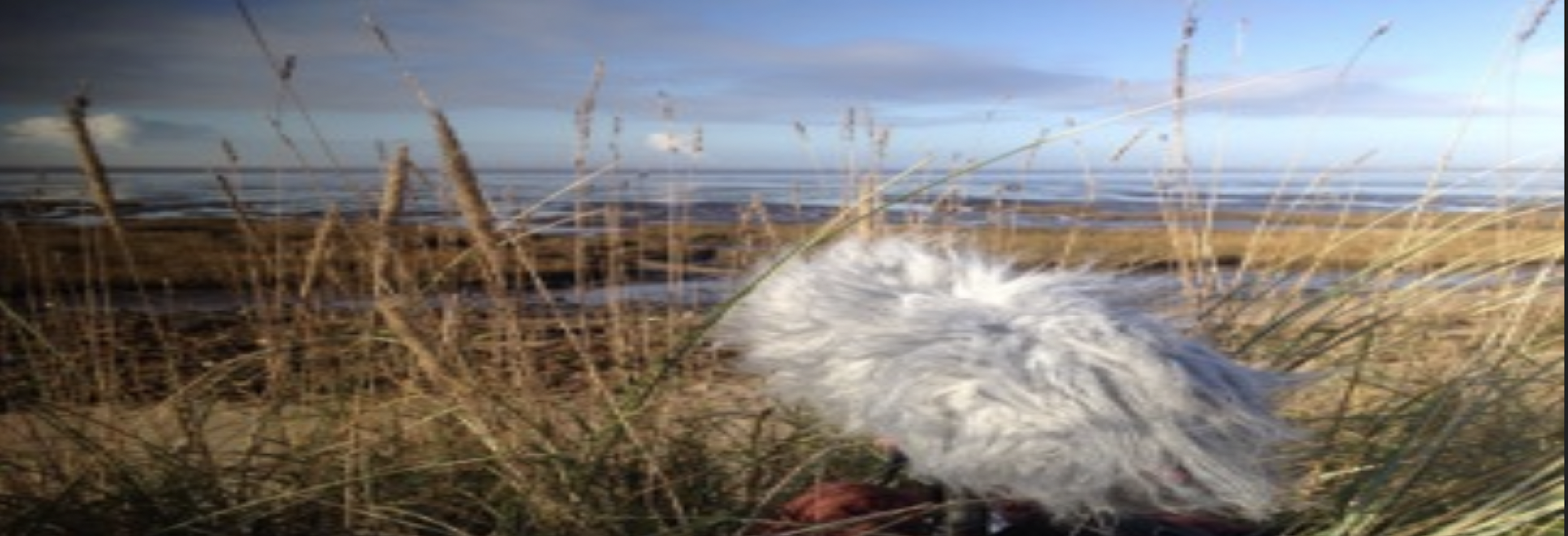
This special issue of Interference (Issue 7) Sound + Environment: Sense of Place, publishes expanded articles based on peer reviewed papers selected for the Sound + Environment 2017 conference held at the University of Hull in June/July 2017. It is one of three journal issues publishing work from the conference. The other journals being Sonic Ideas (ISSN 2317-9694), published by CMMAS (Centro Mexicano para La Música et las Artes Sonoras), and Soundscape, published by the World Forum for Acoustic Ecology.
This paper discusses the ongoing research project Sounding Out Spaces which explores technologically-mediated sonic responses to site through human, material, and environmental considerations. Informed by theories of self-organisation and reflexivity, the project attempts to build a methodology for developing portable sound-systems using microcontroller technologies in which sonic entities emerge over time through mutually affecting relationships with the environments in which they are situated. I assess this work with reference to Hayles’ discussion of second-order cybernetics and its implications for conceptualising musical systems as sets of relationships between living things, machines, and the environment. I expound these ideas through two case studies of the latest iteration of the tools—hardware and software systems—developed for this work: firstly, a large-scale installation which was presented in the Sonoran Desert of Arizona, United States. The second case study took place as a series of experiments at the Ars Bioarctica residency in the sub-arctic tundra at the Kilpisjärvi Biological Station, University of Helsinki, Finland.
Full TextWhat does Essex sound like? How have its soundscapes changed? What do its soundscapes reveal about Essex society and culture? In 2015, the Essex Sound and Video Archive at the Essex Record Office gained a Heritage Lottery Fund grant to run the project, You Are Hear: sound and a sense of place. One output was an online audio map of past and present sounds of Essex, aiming to showcase the county’s diversity through its soundscapes, and to encourage comparisons of historic and present-day recordings. This article will describe the processes behind the development of the audio map, then give a flavour of the types of soundscapes we captured. Finally, the paper will question what the map reveals about the soundscapes of this oft-maligned British county, and what function the map can serve in developing a sense of place for the county’s inhabitants.
Full TextTranquillity is a quality highly valued in the landscape and conducive to its protection. However, as a highly subjective experience, it is difficult to identify and manage. The current tranquillity map for England sought to incorporate the subjective in the mapping and laid the foundation for subsequent studies on tranquillity. Through sound walks along Northumberland National Park (NNP) this paper questions the purpose and validity of the mapping. The value of the map lies in raising an awareness of the importance of sound in the perception of natural landscapes. The map invites professionals engaged in the maintenance and management of the landscape, as well as visitors to NNP, to think and feel through their ears as positive aural factors are at the heart of the mapping. Shortcomings stem from turning the subjective experience into objective factors for the mapping, and from considering the non-human as ideal of tranquillity.
Full Text
